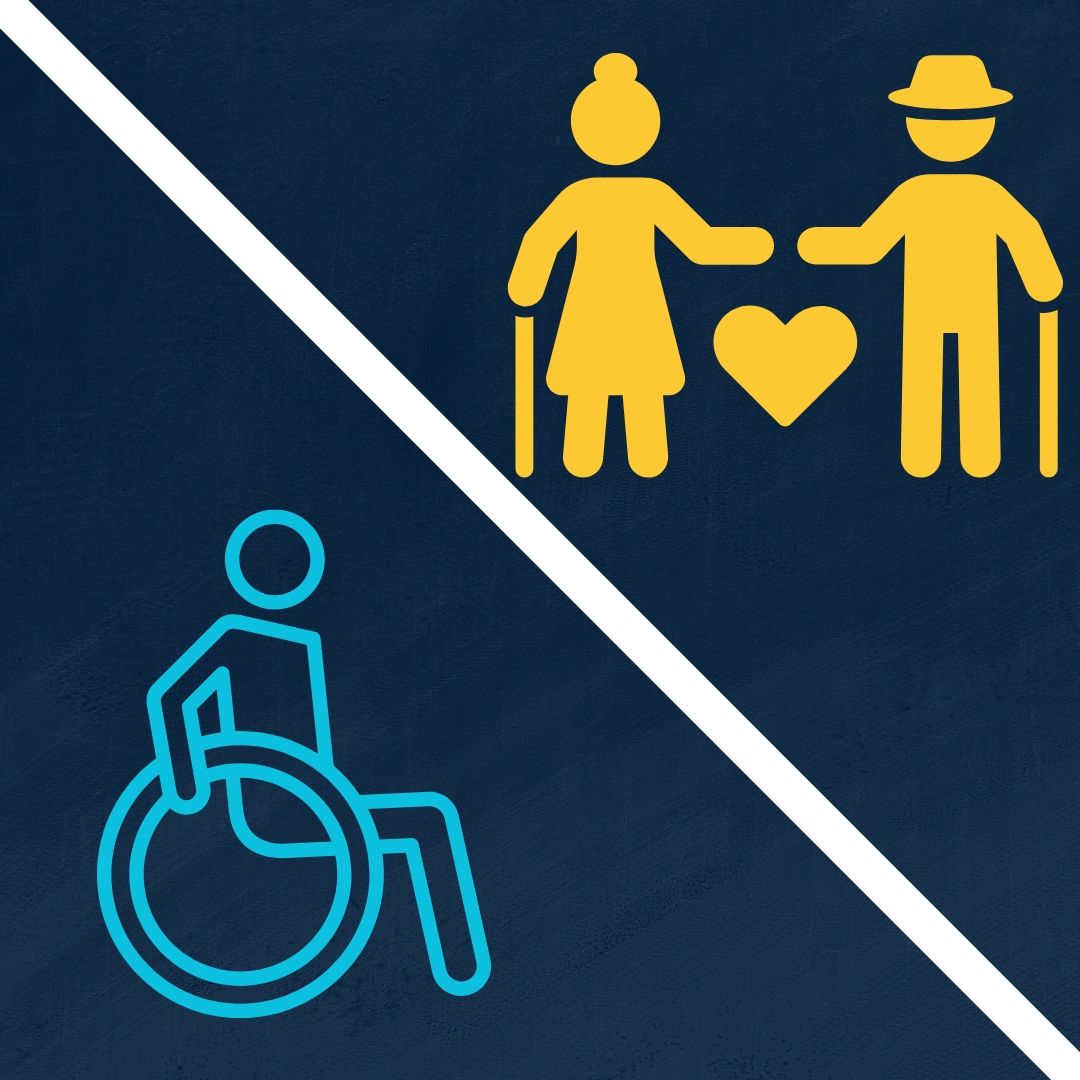
The credit for the elderly or disabled is a valuable tax credit that can help reduce the tax burden for qualifying taxpayers. This credit is available to individuals aged 65 or older, or those who are retired on permanent and total disability and have taxable disability income. However, it’s essential to understand the specific eligibility criteria and income limits to determine if you qualify for this credit.
Eligibility Criteria
To qualify for the credit, you must meet the following requirements:
- Age Requirement: You must be 65 years or older at the end of the tax year.
- Disability Requirement: If you are under 65, you must be retired on permanent and total disability and have taxable disability income. You are considered retired on permanent and total disability if you:
- Permanently and totally disabled when you retired
- Retired on disability before the close of the tax year
Substantial Gainful Activity:
To qualify for the credit, you must not be able to engage in any substantial gainful activity due to your physical or mental condition. A qualified physician must certify that the condition has lasted or can be expected to last continuously for 12 months or more, or that the condition can be expected to result in death.
Taxable Disability Income:
If you are under age 65, you must also have taxable disability income to qualify for the credit. Disability income must meet both of the following requirements:
- It must be paid under your employer’s accident or health plan or pension plan.
- It must be included in your income as wages (or payments instead of wages) for the time you are absent from work because of permanent and total disability.
Income Limits
To determine if you can claim the credit, you must consider two income limits:
- Adjusted Gross Income (AGI): The amount of your AGI must be less than the income limit shown in Table 1.
- Nontaxable Social Security and Other Nontaxable Pensions, Annuities, or Disability Income: The total amount of nontaxable social security and other nontaxable pensions, annuities, or disability income you received must be less than the income limit shown in Table 1.
Table 1: Income Limits for the Credit for the Elderly or Disabled
| Filing Status | AGI Limit | Nontaxable Pensions, Annuities, or Disability Income Limit |
| Single, Head of Household, or Qualifying Widow(er) | $17,500 | $5,000 |
| Married Filing Jointly and only one spouse is a Qualified Individual | $20,000 | $5,000 |
| Married Filing Jointly and both spouses are Qualified Individuals | $25,000 | $7,500 |
| Married Filing Separately (if you lived apart from your spouse for the entire tax year) | $12,500 | $3,750 |
Conclusion
The credit for the elderly or disabled can provide significant tax relief for qualifying taxpayers. However, it’s crucial to understand the eligibility criteria and income limits to determine if you qualify for this credit. If you meet the requirements, you may be able to reduce your tax liability and
Disclaimer: The information provided above is not meant to be legal or tax advise. You should consult your CPA and attorney to determine the best course of action for your situation.
Mitzi E. Sullivan, CPA is a cloud based professional services provider
specializing in cloud accounting.